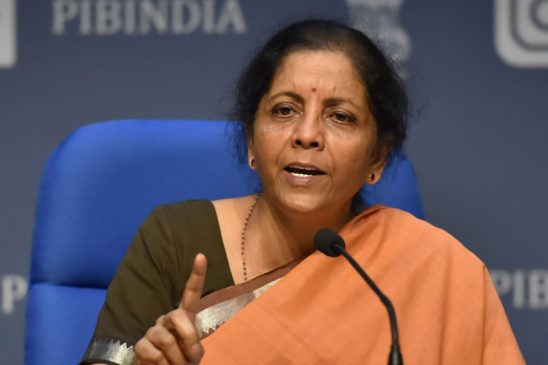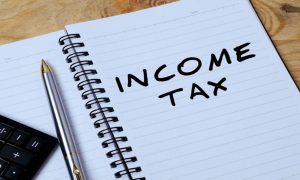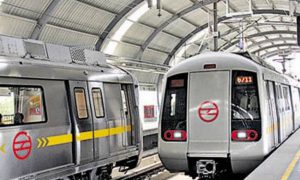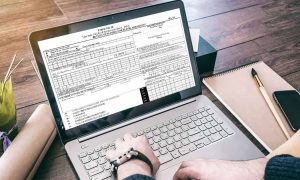Finance Minister Nirmala Sitharaman, in an effort to enhance the attractiveness of the New Tax Regime for salaried taxpayers, introduced two significant changes this year.
Read More:- Attention Taxpayers! CBDT initiates investigation into foreign remittances surpassing Rs 6 lakh
Income Tax returns: With the two tax regimes — New Tax Regime and Old Tax Regime — in play, the taxpayers now have the power to choose the suitable tax regime every year to control the tax outgo. Union Finance Minister Nirmala Sitharaman, in an effort to enhance the attractiveness of the New Tax Regime for salaried taxpayers, introduced two significant changes this year. Firstly, an increase in standard deduction was announced for individuals opting to file their tax returns under the new regime. Additionally, the tax slabs were widened to provide relief to taxpayers.
Furthermore, a noteworthy adjustment was made regarding family pension. Pensioners who choose the new regime will now be eligible for an increased deduction of Rs 25,000 compared to the previous Rs 15,000 up to the financial year 2023-24. The government anticipates that around four crore salaried individuals and pensioners stand to benefit by opting for the new regime when filing their income tax returns.
Read More: Fake GST Registrations: CBIC To Begin 2nd All-India Drive on August 16
How much tax do I have to pay? Calculate now
Here are the new tax slabs applicable for FY2024-25 (that means the current year):
Rs 0-3 lakh: Nil
Rs 3-7 lakh: 5 percent
Rs 7-10 lakh: 10 percent
Rs 10-12 lakh: 15 percent
Rs 12-15 lakh: 20 percent
Above Rs 15 lakh: 30 percent
Given the alterations in tax slabs within the New Tax Regime, many taxpayers may contemplate transitioning to this updated system with the expectation of achieving greater tax savings.
Read More: ITR refund scam: Income Tax dept issues warning, asks taxpayers to be alert. Check details
Taxpayers should note a few points:
- It’s worth noting that the Income Tax Department gives individuals the flexibility to choose their income tax regime for a specific financial year.
- Salaried individuals and business professionals are permitted to switch between the old and new tax regimes on an annual basis. Conversely, individuals not categorized as such are limited to transitioning between the old and new regimes only once throughout their lifetime.
- Mid-year change: Employees were given a deadline to choose their tax regime between the old and new schemes by July 2024. This decision came about with the introduction of Finance Bill No. 2 following an interim budget in February, which was implemented in anticipation of the upcoming general elections.
- In cases where employees did not communicate their choice, employers were mandated to default to the new scheme as outlined in a CBDT circular issued in April 2023.
Ashish Mehta, Partner at Khaitan & Co., told the Financial Express that while the circular does not expressly authorise or disallow switching mid-year, employers may want to contemplate accommodating such transitions and adapting tax deducted at source (TDS) correspondingly. To dispel any uncertainties surrounding this issue, the Central Board of Direct Taxes (CBDT) could issue a precise clarification explicitly endorsing mid-year alterations.
“In any case, employees do have a choice to opt between schemes at the time of filing return of income irrespective of what was communicated to the employer earlier, however if the employee wishes to opt for the old scheme in the tax return, the tax return will need to be filed within the due dates prescribed under section 139(1) of the Income Tax Act,” he added.
5. The New Tax Regime, introduced during the Union Budget 2020, offers reduced tax rates; nonetheless, it disallows significant deductions such as HRA, LTA, and Section 80C for those who select this option. In Budget 2023, the Union government established the new tax regime as the default choice. Failure to make an explicit decision regarding the old or new regime will result in automatic calculation of taxes under the new system. Individual taxpayers retain the option to interchange between the two tax regimes, with the frequency of switches contingent upon their profession or criteria stipulated in the tax regulations.





































